Why are constructed wetlands important?
Prior to the adoption of the Clean Water Act in 1972, there was little oversight of how wastewater was managed or where it was discharged. All forms of water bodies, including rivers, streams, and lakes were noticeably impaired and associated wildlife habitat damaged due to the levels of unchecked pollution (U.S. House Committee on Transportation and Infrastructure 2002). The Federal Clean Water Act requires that all wastewater generated by industries or municipalities be treated to acceptable limits set by the United States Environmental Protection Agency, before being discharged into surface water bodies. Some forms of wastewater treatment do not require the discharge of effluent into streams; examples are applying wastewater to pastures or forests (land application) or onsite wastewater treatment via septic systems (Federal Water Pollution Control Act (33 USC § 1251 et seq.)).
Today, multiple forms of technology are used to limit and control water pollution and maintain a healthy water quality in natural water bodies. However, in many municipalities, aging treatment plants are stretched to operational capacity with increasing population growth (American Society of Civil Engineers 2009). In addition, some of these traditional treatment methods require a high level of maintenance and labor costs (Interstate Technology Regulatory Council 2003). According to the American Society of Civil Engineers (2009), our wastewater treatment systems should receive a grade no better than D-: “Many systems have reached the end of their useful design lives. Older systems are plagued by chronic overflows during major rainstorms… and are bringing about the discharge of raw sewage into U.S. surface waters.”
Since the mid 1970s, the study, research, and application of biological processes relying upon more naturalistic environments has become a prevalent alternative (Bastian 1993). In this context, constructed wetlands have been proposed as a cost-effective natural treatment technology for cleaning wastewater with relatively low maintenance and management costs (Interstate Technology Regulatory Council 2003). They can store large volumes of water which may become increasingly important in some parts of the world which are experiencing more prolonged drought. Many constructed wetlands are aesthetically pleasing and attract migratory birds and birdwatchers. Furthermore, constructed wetlands can provide opportunities for passive recreation, education, and even research that did not previously exist (Environmental Protection Agency 2000).
The Huie Constructed Wetlands in Clayton County, GA. Source: American Academy of Environmental Engineers & Scientists.


